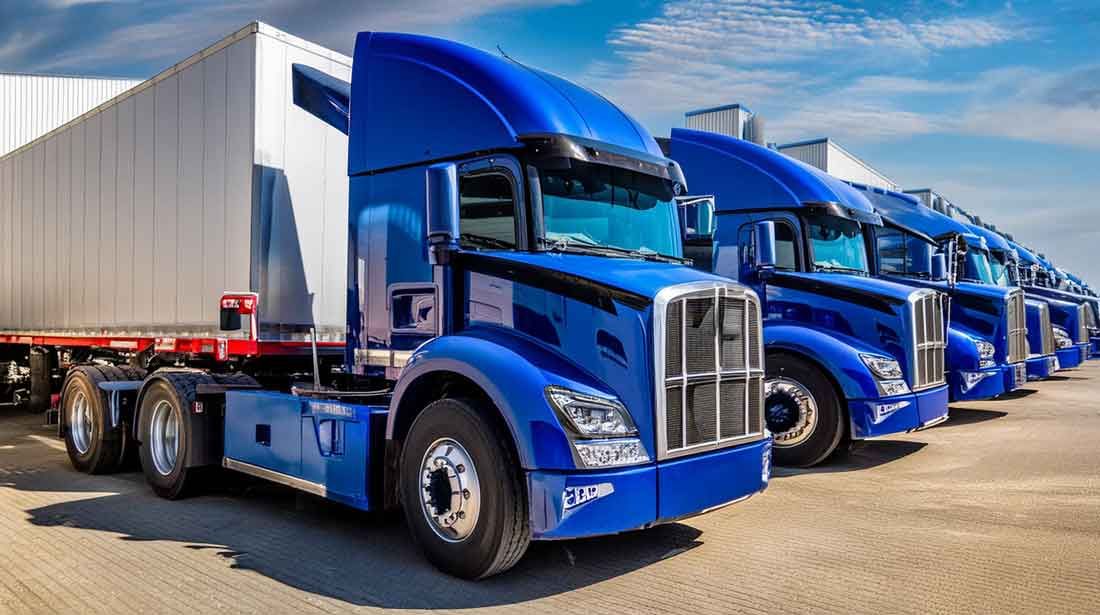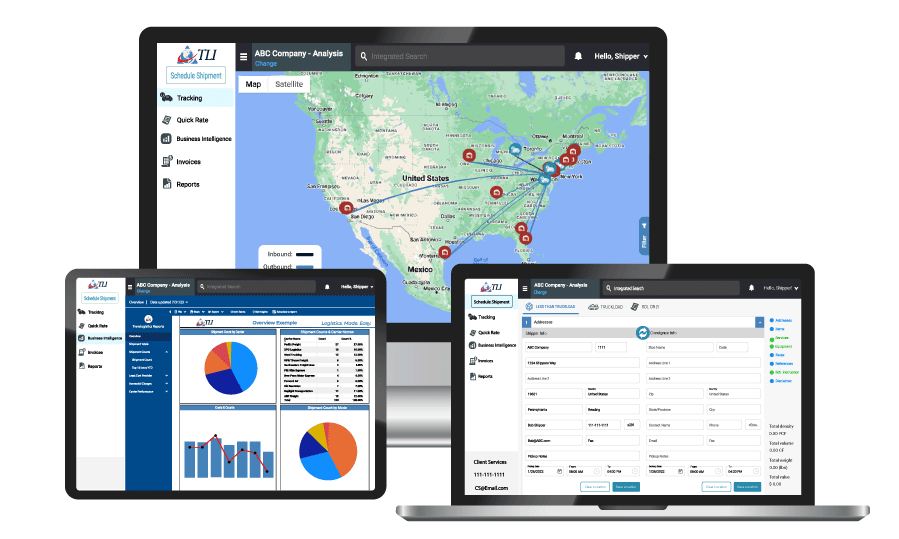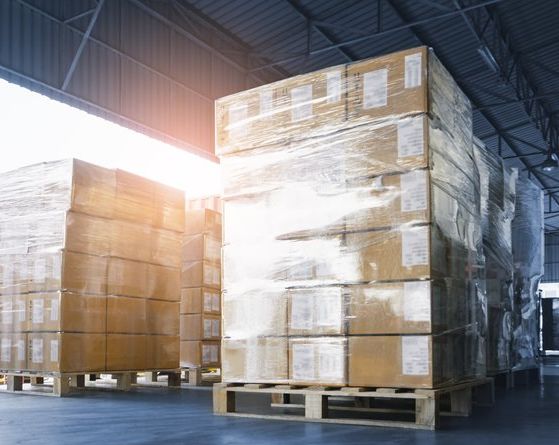FTL Backhaul Lanes For Efficient Freight Shipping
Understanding Trucking: Headhaul, Deadhead, and Backhaul
One key strategy for saving money routing freight is the effective utilization of FTL (full truckload) backhaul lanes. By understanding and leveraging backhaul opportunities, transportation management systems can reduce empty miles, consolidate freight, and increase truckload capacity utilization.

What are FTL Backhaul lanes?
A backhaul lane refers to the return trip portion of a full truckload shipment's route. After delivering the primary headhaul freight to its destination, the truck must make the backhaul journey to return to its point of origin. Rather than running this return trip with an empty trailer, backhaul lanes provide an opportunity to carry additional freight for part or all of the journey back.
| Headhaul | Backhaul | DeadHead |
|---|---|---|
| Headhaul is a load that is heading to its destination. | Backhaul is a return trip over the same route. | DeadHead is a trip a carrier makes with an empty trailer. |
| High Shipping Rate | Low Shipping Rate | Carriers drive empty after offloading and head to the new pickup point. |
| Favors Carrier | Favors Shippers | Favors Shipper |
Deadhead Lane: Inefficiency of Empty Miles
Without utilizing backhaul opportunities, trucks face the prospect of "deadheading" - making the return trip with an empty trailer after completing the headhaul delivery. Not only does this represent wasted truckload capacity and truck space, but it also means burning excess fuel without any revenue-generating cargo on board. Reducing these empty miles is a major goal for improving supply chain efficiency and sustainability.

Optimized Backhaul Utilization
By actively seeking backhaul freight opportunities, motor carriers can:
- Increase asset utilization by keeping trucks fully loaded as much as possible.
- Generate additional revenue from backhaul shipments that would otherwise be empty miles.
- Reduce overall fuel consumption and emissions by avoiding unnecessary empty running.
- Offer more competitive freight quotes by spreading costs over more revenue-generating miles.
- Provide better temperature control and security for shippers looking to move backhaul freight.
These benefits for the carriers are extended to the freight broker, generating transport savings.
Challenges in Securing Backhaul FTL Loads
Arranging compatible backhaul shipments presents some challenges:
- Timing - Aligning available truck capacity with appropriately timed backhaul loads.
- Route optimization - Finding freight sources/destinations along the planned return route.
- Load compatibility - Ensuring any backhaul cargo can be properly accommodated.
- Real-time Visibility - Having full supply chain visibility to identify backhaul opportunities dynamically.
- Equipment type - Just because a truckload is available, does not mean that the shipper can load their freight into their equipment. For example, if the shipper needs to route food, but the equipment available is a flatbed, then the truckload carrier is not a good fit.

Leveraging TMS Technology
Overcoming the hurdles associated with backhauls requires robust transportation management systems and real-time ERP integration. Modern transportation solutions leverage artificial intelligence and machine learning to address these challenges effectively. They analyze shipping patterns and historical data to predict backhaul demand, identify complementary headhaul and backhaul lanes for bundling, and perform advanced route optimization to maximize backhaul utilization. Additionally, these TMS systems provide matching of available truck capacity with backhaul freight and integrate seamlessly with shipper ERP systems for efficient backhaul load tendering.
Long-term Truckload Transportation Strategy
Facilitating backhaul shipping may add complexity, but the potential gains are significant for companies committed to this approach. It improves margins by capturing revenue on miles that were previously run empty, enhances competitiveness by lowering costs and offering better pricing, and reduces environmental impact by cutting emissions from empty miles. Furthermore, it increases customer satisfaction through better on-time reliability and builds long-term, mutually beneficial lane partnerships.
As supply chains face increasing pressure to improve efficiency and sustainability, maximizing FTL backhaul utilization has become an essential strategy. By combining robust transportation technology with optimized processes, leading freight shipping providers are intensifying their focus on backhaul optimization for a leaner, greener transportation program.
TLI Insights
Get the latest logistics insights and tips from Translogistics’ award-winning team. Stay ahead in transportation planning.
Questions? Email us at marketing@tli.email



